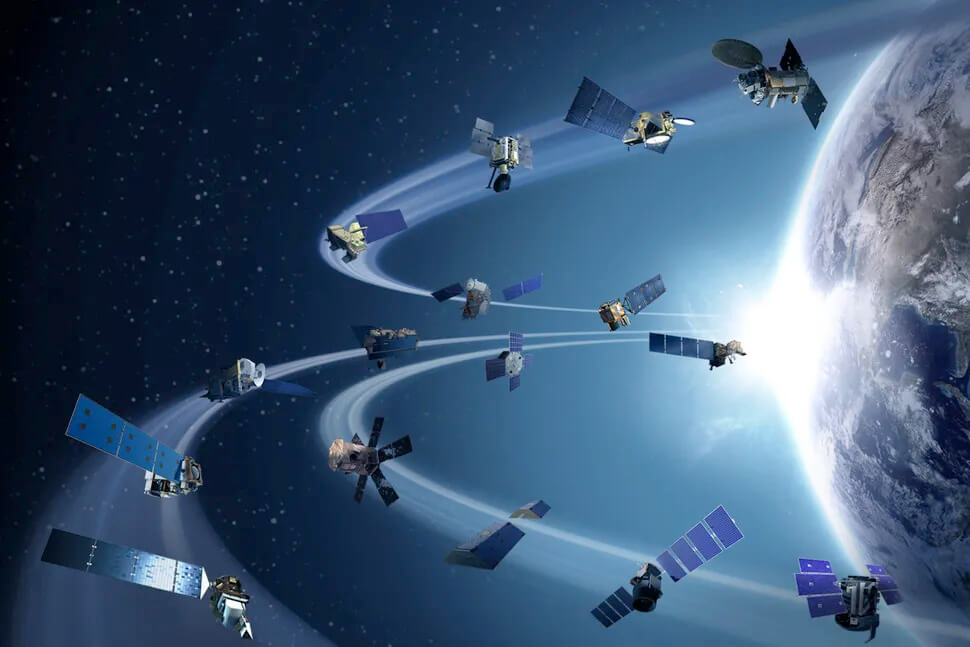Abstract
Researchers at UNIST have developed an innovative AI technology capable of reconstructing highly detailed three-dimensional (3D) models of companion animals from a single photograph, enabling realistic animations. This breakthrough allows users to experience lifelike digital avatars of their companion animals in virtual reality (VR), augmented reality (AR), and metaverse environments.
Led by Professor Kyungdon Joo at the Artificial Intelligence Graduate School of UNIST, the research team announced the development of DogRecon, a novel AI framework that can reconstruct an animatable 3D dog Gaussian from a single dog image.
Due to their diverse breeds, varying body shapes, and frequent occlusion of joints caused by their quadrupedal stance, reconstructing 3D models of dogs presents unique challenges. Moreover, creating accurate 3D structures from a single 2D photo is inherently difficult, often resulting in distorted or unrealistic representations.
DogRecon overcomes these challenges by utilizing breed-specific statistical models to capture variations in body shape and posture. It also employs advanced generative AI to produce multiple viewpoints, effectively reconstructing occluded areas with high fidelity. Additionally, the application of Gaussian Splatting techniques enables the model to accurately reproduce the curvilinear body contours and fur textures characteristic of dogs.
Performance evaluations using various datasets demonstrated that DogRecon can generate natural, precise 3D dog avatars comparable to those produced by existing video-based methods, but from only a single image. Unlike prior models, which often rendered dogs with unnatural postures-such as stretched bodies with bent joints, or bundled ears, tails, and fur-especially when dogs are in relaxed or crouched positions, DogRecon delivers more realistic results.
 Figure 1. Teaser of DogRecon. Left: The proposed DogRecon takes a single image as input and reconstructs 3D Gaussian, including texture and shape. Right: With the obtained 3D dogs, we can retarget motion to an existing video or even create new animations within pre-trained scenes by editing. In addition, DogRecon seamlessly applies to text-to-animatable 3D dogs.
Figure 1. Teaser of DogRecon. Left: The proposed DogRecon takes a single image as input and reconstructs 3D Gaussian, including texture and shape. Right: With the obtained 3D dogs, we can retarget motion to an existing video or even create new animations within pre-trained scenes by editing. In addition, DogRecon seamlessly applies to text-to-animatable 3D dogs.
Furthermore, due to its scalable architecture, DogRecon holds significant promise for applications in text-driven animation generation, as well as AR/VR environments.
This research was led by first author Gyeongsu Cho, with contributions from Changwoo Kang (UNIST) and Donghyeon Soon (DGIST). Gyeongsu Cho remarked, "With over a quarter of households owning pets, expanding 3D reconstruction technology-traditionally focused on humans-to include companion animals has been a goal," adding, "DogRecon offers a tool that enables anyone to create and animate a digital version of their companion animals."
Professor Joo added, "This study represents a meaningful step forward by integrating generative AI with 3D reconstruction techniques to produce realistic models of companion animals." He further added, "We look forward to expanding this approach to include other animals and personalized avatars in the future."
The findings of this research were published in the International Journal of Computer Vision (IJCV), one of the most prestigious journals in the field of computer vision on June 2, 2025. It was carried out with the support from the Ministry of Science and ICT (MSIT) and the Institute for Information & Communications Technology Planning & Evaluation (IITP), through initiatives aimed at developing AI technologies capable of understanding and reasoning about everyday life based on common sense, as well as by the UNIST Artificial Intelligence Graduate School.
Journal Reference
Gyeongsu Cho, Changwoo Kang, Donghyeon Soon, and Kyungdon Joo, "DogRecon: Canine Prior-Guided Animatable 3D Gaussian Dog Reconstruction From A Single Image," IJCV, (2025).






